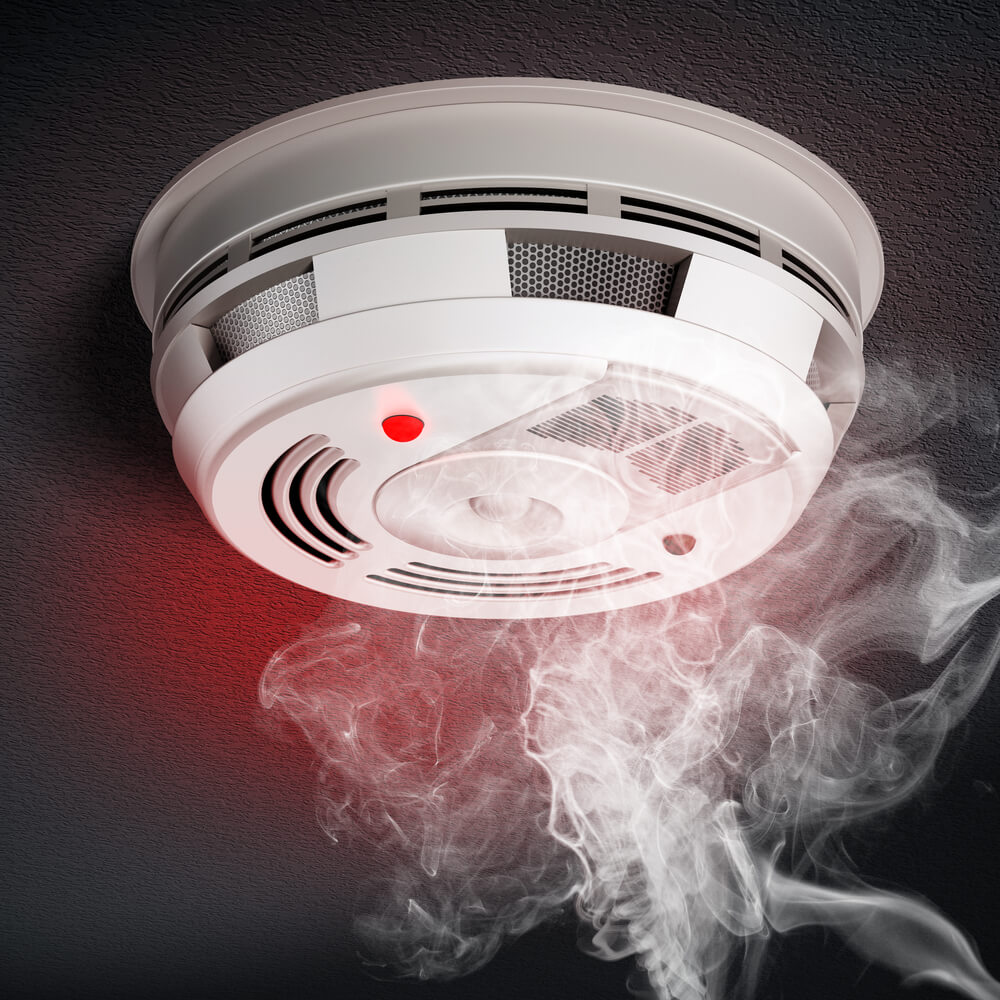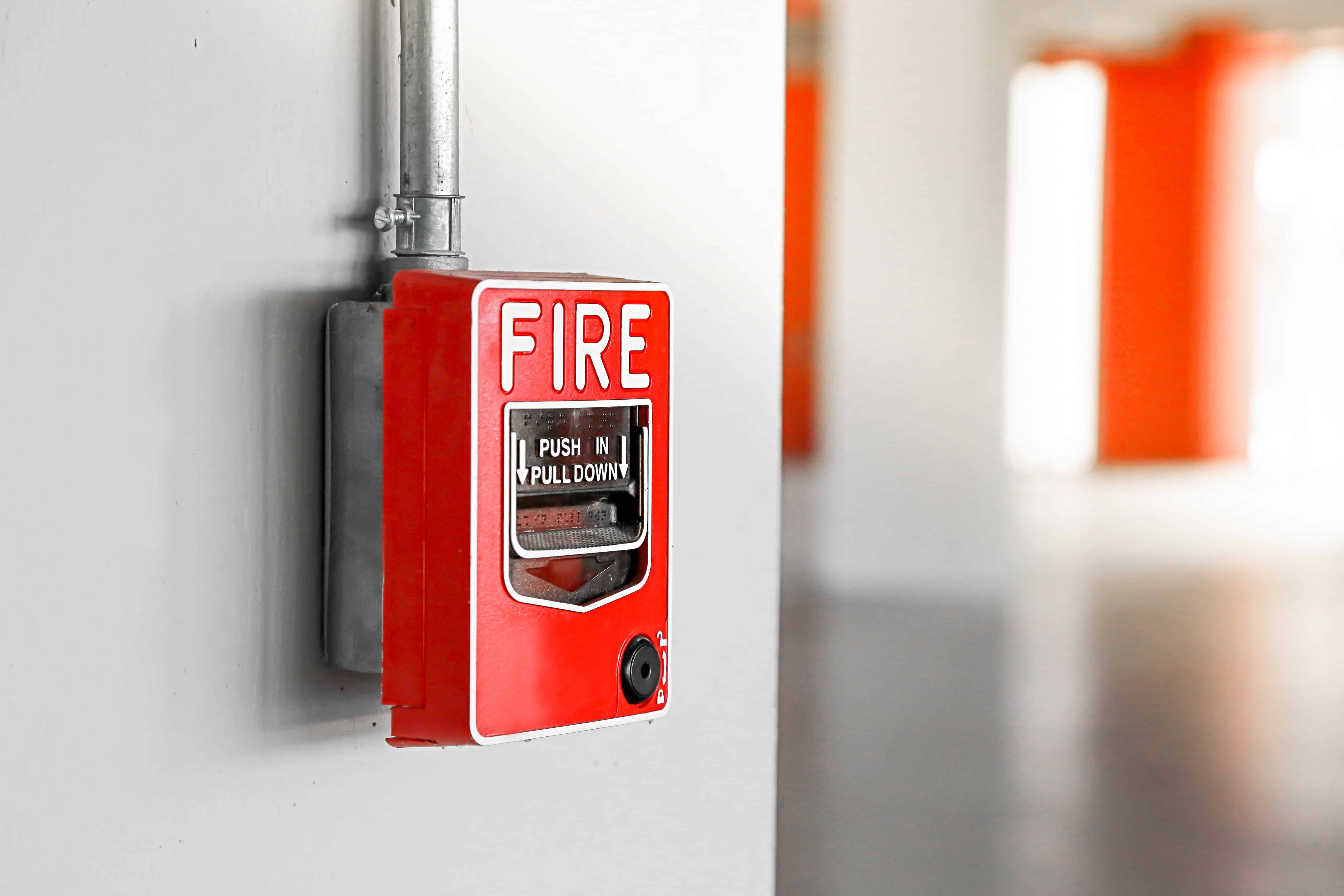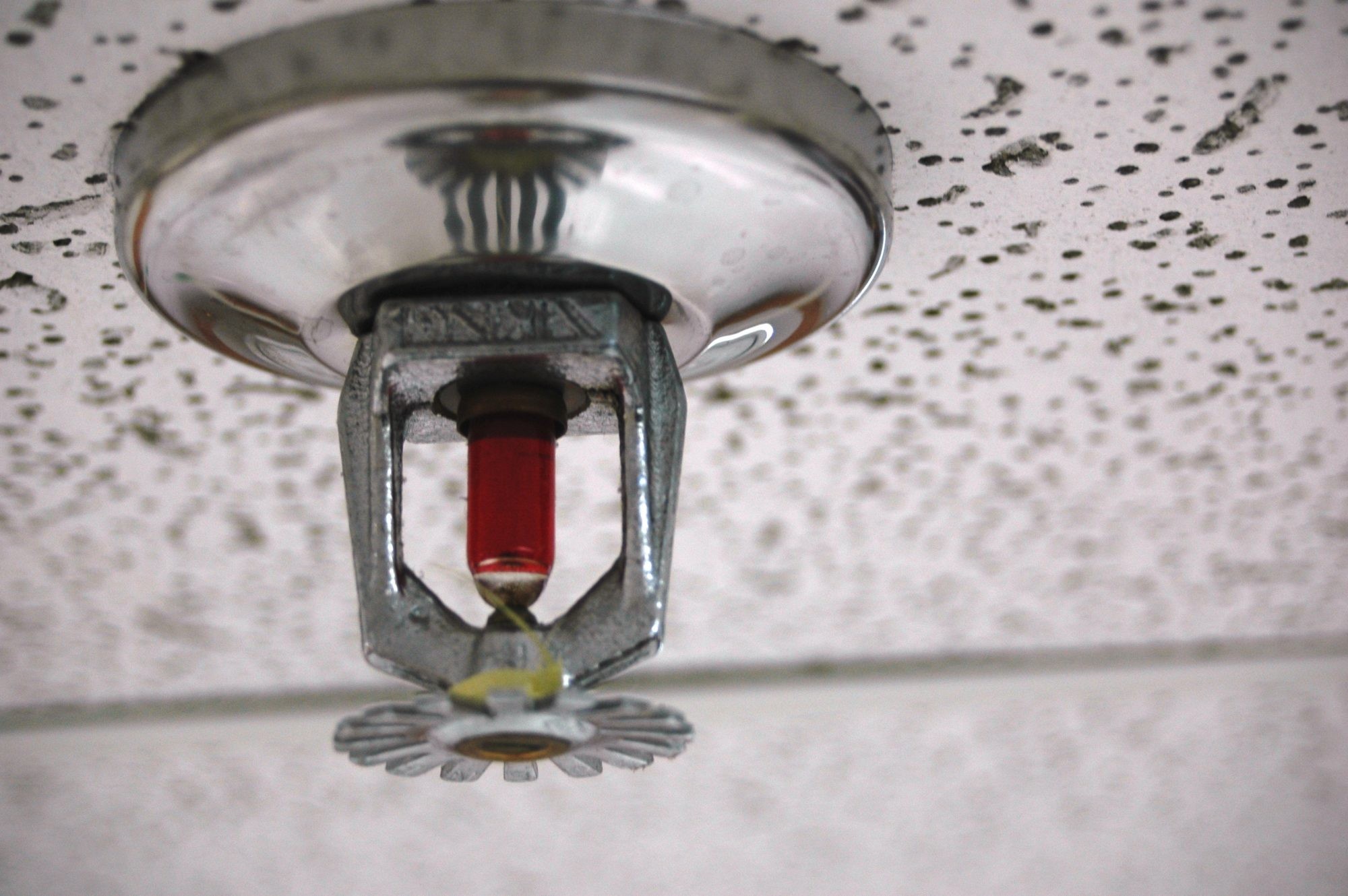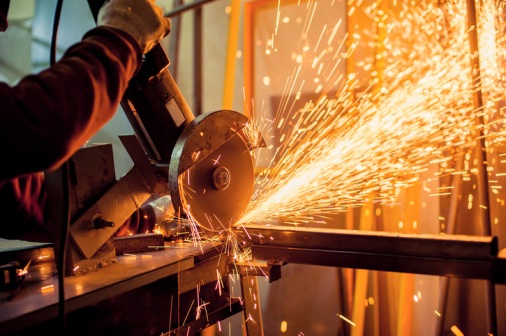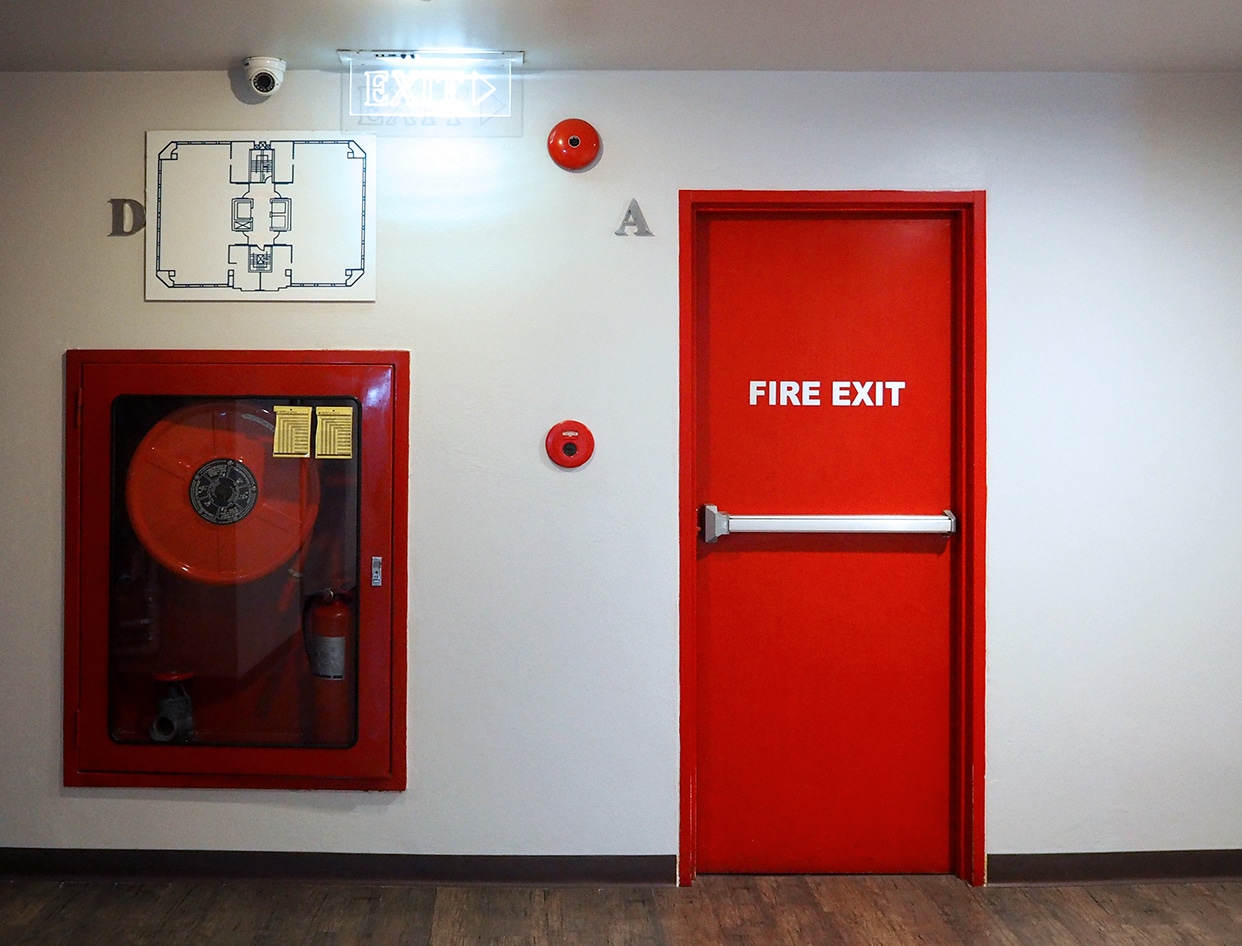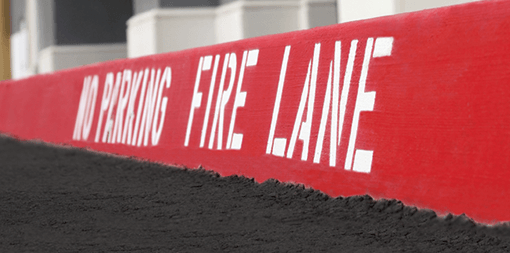- Follow
»Fire Safety Policies
Chapman University is committed to providing a safe environment for all students, staff, faculty, and visitors. The prevention of fires is the responsibility of every member of the Chapman community and it is the intent of these policies to protect the campus community against avoidable and undue risks of injury or death due to fire.
CONTRACTOR AND MAINTENANCE POLICIES
Smoke Detectors
Any work that creates a dirty, dusty or wet atmosphere may activate the fire detection system. False and nuisance alarms cause the building occupants to question future alarms, delaying response and undermining the effectiveness of the alarm systems. Work such as painting, sanding, and welding that create smoke and other aerosols or particulates require all smoke detectors in the immediate and adjacent areas to be covered.
Some detector covers may be obtained from the Fire Prevention Officer located at the Department of Public Safety. Whether or not covers are available, it is the contractor’s responsibility to cover the detectors by some reliable means (detector cover, plastic) prior to the work being done. All coverings must be removed each day when work is completed and all loaned covers returned to the Department of Public Safety.
When smoke detectors are not properly covered the contractor may be charged $50 per false alarm and all costs associated with cleaning of the detectors
Fire Alarm Systems
No alteration, modification, addition, or repair to a fire alarm system shall be performed without consent from the Fire Prevention Officer. Notice of not less than two work days shall be given to the Fire Prevention Officer prior to the commencement of any work on a fire alarm system. All work shall be performed by a qualified contractor and applicable permits issued by the City of Orange.
Any systems or portions thereof that are out of service may require a fire watch to be provided by the Department of Public Safety and all associated costs will be charged to the contractor or project.
Reacceptance testing shall be performed to verify the proper operation of added or replaced devices, appliances, fire safety control function devices, control equipment, and so forth.
- When an initiating device, notification appliance, or control relay is added, it shall be functionally tested.
- When an initiating device, notification appliance, or control relay is deleted, another initiating device, notification appliance, or control relay shall be functionally tested.
- When modifications or repairs to control equipment hardware are made, the control equipment shall be tested to verify correct receipt of alarm, supervisory, and trouble signals, operation of evacuation signals and auxiliary functions, circuit supervision including detection of open circuits and ground faults, and power supply supervision for detection of loss of ac power and disconnection of secondary batteries.
- When changes are made to site-specific software the following shall apply:
- All functions known to be affected by the change, or identified by a means that indicates changes, shall be 100 percent tested.
- In addition, 10 percent of initiating devices that are not directly affected by the change, up to a maximum of 50 devices, also shall be tested and correct system operation shall be verified.
- A revised record of completion shall be prepared to reflect these changes.
Copies of plans showing all alterations, modifications, and additions shall be provided to the Fire Prevention Officer and the Office of Campus Planning
Fire Sprinkler Systems
Fire sprinkler heads shall be protected from accidental impact whenever sprinkler heads are located in an area undergoing demolition or remodeling. Sprinkler heads shall be covered whenever painting, texturing, or similar operations take place in order to protect the head from overspray. All damaged, painted, and activated heads will be replaced at the contractor’s expense.
Any alteration, modification, addition, or repair to a fire sprinkler system shall be performed by a qualified contractor holding a C16 license through the State of California and applicable permits issued by the City of Orange. Notice of not less than two work days shall be given to the Fire Prevention Officer prior to the commencement of any work on a fire sprinkler system.
Prior to any work which requires the fire sprinkler system or its water supply to be shut down the Fire Prevention Officer shall notify the Orange Fire Department and the party monitoring the sprinkler system. The Orange Fire Department and monitoring party also shall be notified when the system or supply is returned to service. Any systems out of service may require a fire watch to be provided by the Department of Public Safety and all associated costs will be charged to the contractor or project.
Copies of plans showing all alterations, modifications, and additions shall be provided to the Fire Prevention Officer and the Office of Campus Planning
Hot Work Permits
Before welding, brazing, cutting, grinding, soldering or other hot work is begun, a hot work permit must be issued by the Fire Prevention Officer.
EXCEPTION: Work that is conducted under a new-construction permit issued by a City of Orange building official. (Permitted remodels and renovations of existing, occupied buildings still require a hot work permit from the Fire Prevention Officer.)
Unless deemed an emergency repair, all hot work permits must be obtained two work days prior to work being started. At the discretion of the Fire Prevention Officer, the permit shall be issued either daily or for the duration of the project.
Before a hot work permit is issued, the Fire Prevention Officer will inspect the work location and note any special precautions. Once approved, a hot work warning must be posted at entrances to the building and/or adjacent areas.
The individual performing the hot work shall
- Remove all combustibles within 35 feet of the hot work area.
- Provide fire-resistant tarps or curtains if combustibles cannot be removed.
- Protect openings in walls, floors, ducts, and shafts.
- Provide a 2A, 20-BC-rated fire extinguisher and locate it within easy reach.
- Inspect the hot work equipment prior to each use. Damaged, leaking or worn hoses shall not be used.
- Secure all cylinders and return valve protection caps when cylinders are not in use and connected with gauges.
Please review the University's Hot Work Program for more details pertaining to permit and fire watch requirements
Fire-Resistive Construction
Required fire-resistive construction, including occupancy separations, area separation walls, exterior walls due to location on property, fire-resistive requirements based on type of construction, draft-stop partitions and roof coverings shall be maintained as specified in the California building and fire codes and shall be properly repaired, restored, or replaced when damaged, altered, breached, penetrated, removed or improperly installed.
When required fire-rated gypsum wallboard walls or ceilings are broken to the extent that through openings exist, the damaged gypsum wallboard shall be replaced or returned to the required level of fire resistance using a listed repair system or using materials and methods equivalent to the original construction.
Ceiling tiles removed to perform work on a building, equipment, or system shall be restored at the end of each work day. Ceiling tiles damaged in the course of work shall be immediately reported to Facilities Management and replaced as quickly as possible
Vehicles
- Featured
- News
- Events
- View All News »View All Events »
 View the published page to see this section.
View the published page to see this section.
 View all News »
View all News » View all Events »
View all Events »
